
Since the mid-1960s, the Arctic has warmed about 3.6°F (2.0°C)—more than double the amount of warming in lower latitudes. In 2012 (the last complete calendar year available at the time scientists began working on the 2013 Arctic Report Card), the annual average temperature was the sixth warmest on record.
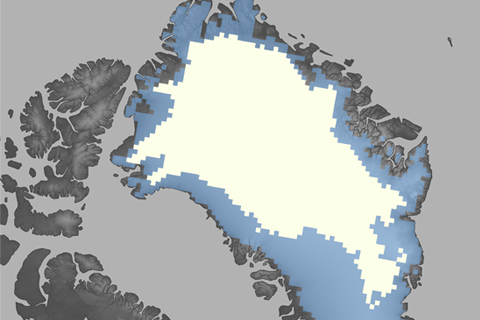
After record-breaking melt during the 2012 season, the 2013 melt extent was more on par with the long-term average. The reprieve from the record warmth and melting of the past six summers is likely connected to a strong positive phase of the North Atlantic Oscillation during summer 2013.

Most of the Arctic boundary waters were warmer than average in summer 2013, but a few cool pockets appeared in the western Arctic and the Greenland Sea. Warmer waters are drawing new species from lower latitudes into the Arctic.
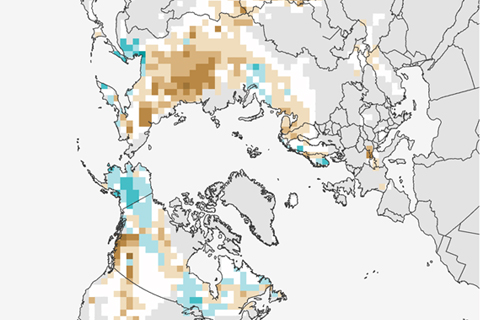
In May 2013, there was record-setting loss of Eurasian spring snow cover, and spring snow cover was below normal again in June—the fourth lowest on record. This is the sixth year in a row that Eurasia has set a new record low in either May or June snow extent.
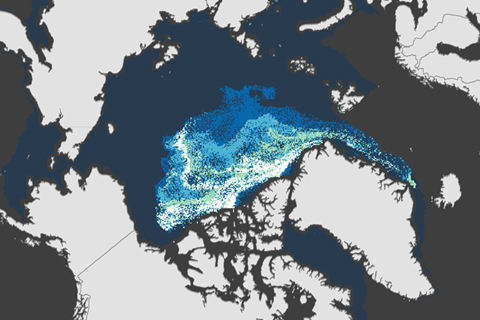
In March 1988, thick, multi-year ice comprised 26 percent of the Arctic's ice pack. In 2005, that number dropped to 19 percent. In 2013, it dropped to 7 percent.

Averaged over September 2013, sea ice extent was 2.07 million square miles—larger than last year's record low, but still more than 17 percent below average and the sixth smallest September extent on record.
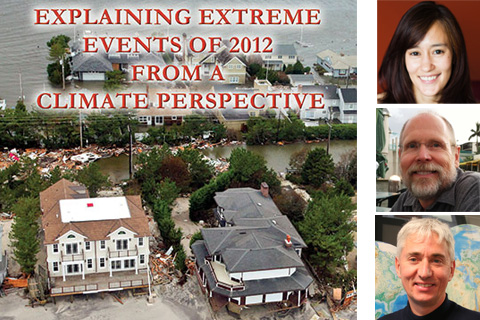
Last month, three NOAA scientists and a colleague from the United Kingdom Met Office were surprised to learn they'd be rubbing shoulders with leading international thinkers on Foreign Policy magazine's annual list of "Top 100 Global Thinkers."
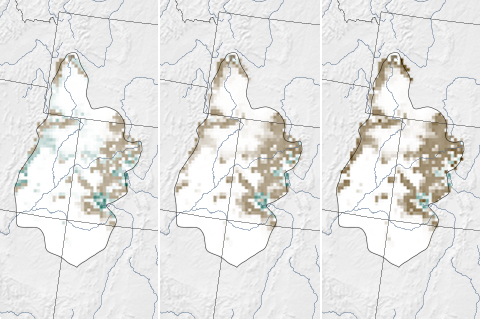
Models project that extreme dust events combined with global warming could advance the spring thaw in the mountains of the Upper Colorado River Basin by as many as 6 weeks by 2050. The earlier disappearance of snow could amplify water disputes, extend the fire season, and stress aquatic ecosystems.
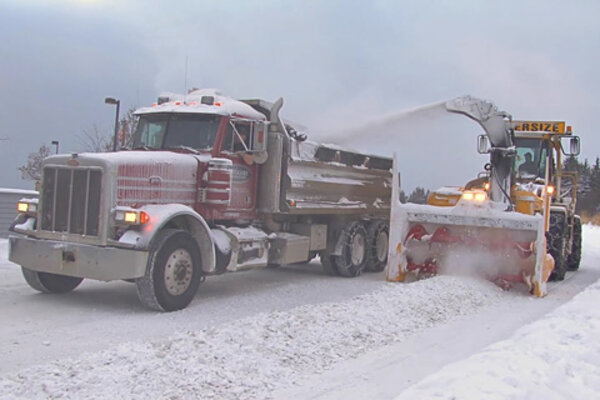
U.S. Winter Climate Outlook: 2013-14
November 20, 2013
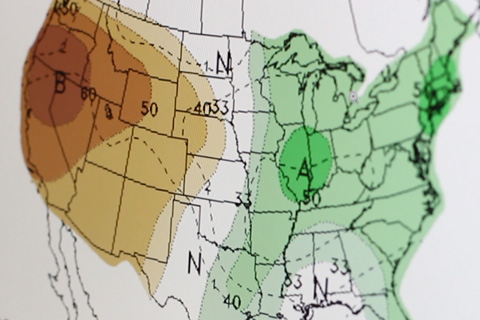
Traditional weather forecasts consist of weather maps that predict exactly how much rain may fall or the maximum daily temperature of an area. NOAA climate outlooks forecast the odds that future weather conditions will be above, below, or near normal.